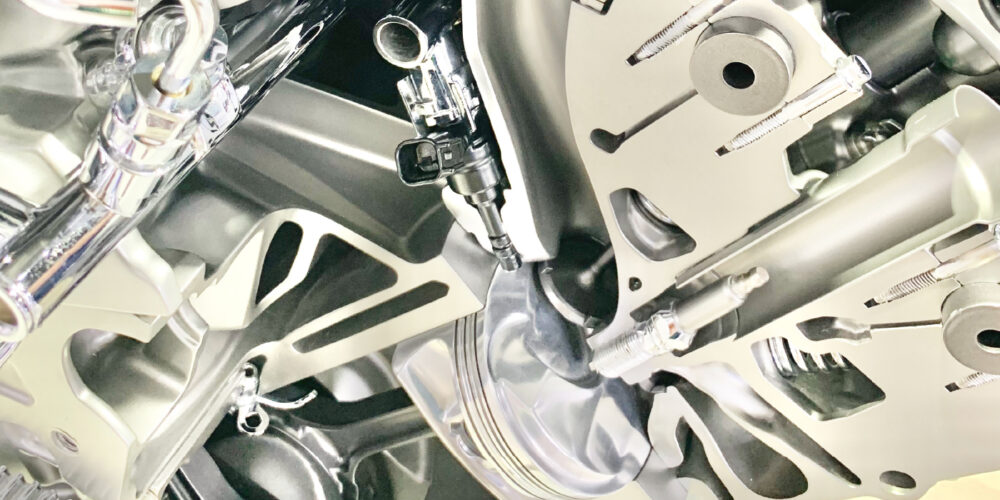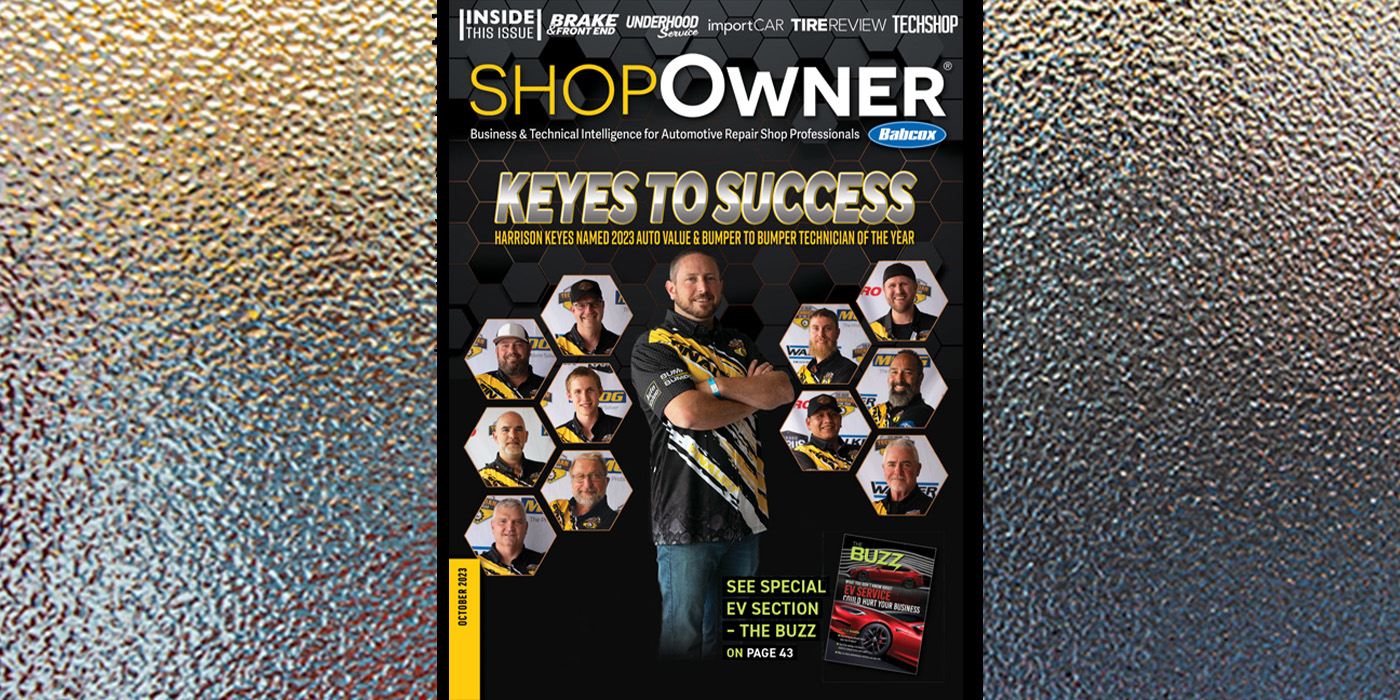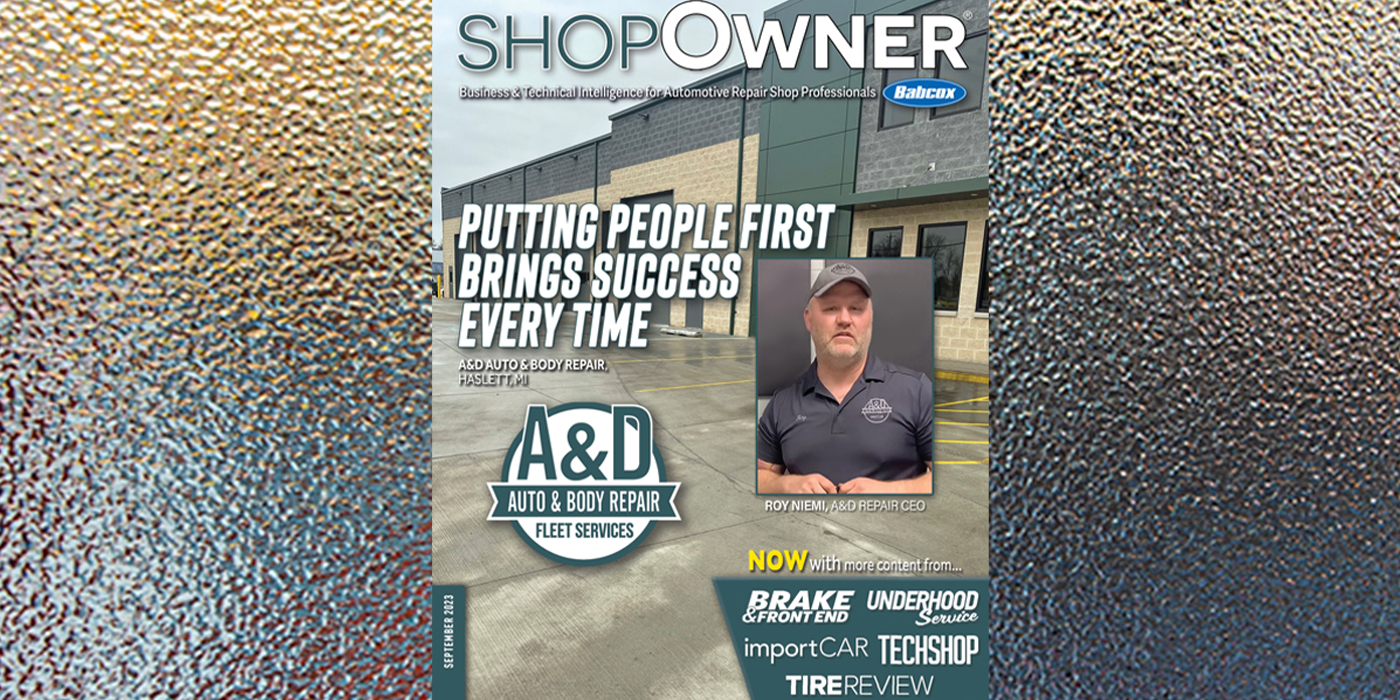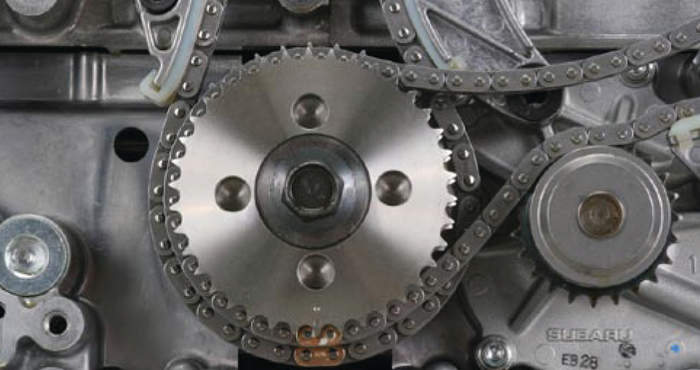If you encounter a vehicle that has the oil temperature warning lamp flashing with P0751, P0756, P0761, P0766, P0771, P1840, P1841, P1842, P1843 or P1844 stored in memory and possibly an intermittent stalling condition, it may be the result of contamination in the valve body. Instead of replacing the valve body, flush the transmission and perform the Dynamic Check Mode procedure.
Repair Procedure
Memory must be cleared prior to performing the following procedures.
Transmission Flush Procedure:
- Remove the ATF drain plug and drain the ATF.
- Remove the oil pan and clean (including magnet), then reinstall.
- Refill ATF to the correct level.
Dynamic Check Mode
- Raise the vehicle on a lift. Caution: Be sure to keep the tires 30 cm (12 in.) or more off the ground, as the vehicle will vibrate on the lift during the following procedure.
- Depress the brake pedal, then start the engine (keep depressing the brake pedal until step 5). Press the VDC OFF, switch to deactivate the VDC.
- Move the transmission select lever to the “D” position and increase the engine speed to 1,000 rpm by depressing the gas pedal. Hold for two minutes.
- Release the gas pedal, then move the select lever to the “N” position for two seconds, then move to the “D” position for two seconds, then repeat (N to D) five times.
Note: The following needs to be performed in manual mode using the paddle shift switch. - Move the select lever to the “M” position (Manual mode). Shift up to 2nd using the paddle shift switch (keep in 2nd for two seconds) then shift down to 1st using the paddle shift switch (keep in 1st for two seconds), then repeat (2nd to 1st) five times.
- Release the brake pedal, then accelerate gently to 40 mph by shifting up to 3rd using the paddle shift switch.
- Keep at 40 mph, shift up to 4th gear for two seconds, then shift down to 3rd gear for two seconds; repeat (4th to 3rd) five times.
- Accelerate gently to 50 mph by shifting up to 5th gear using the paddle shift switch.
- Keep at 50 mph, shift down to 4th gear for five seconds, then shift up to 5th gear for five seconds; repeat (4th to 5th) five times.
- Decrease the vehicle speed using the accelerator pedal (do not apply the brake pedal). Keep in each gear for five seconds (4th gear, 5 sec., approx. speed 40 mph) -> (3rd gear, 5 sec., approx. speed 30 mph) -> (2nd gear, 5 sec., approx. speed 20 mph) –> (1st, 5 sec., approx. speed 10 mph).
- Depress the brake pedal to stop the tires from completely rotating. Move the select lever to the “P” position (this completes the dynamic check mode).
- Check for trouble code(s) using the SSM3. If codes are stored, clear memory. The dynamic check mode may store trouble codes because of the variation of the wheel speeds.Note: If the symptom is not corrected after flushing the transmission and performing the dynamic check mode, replace the valve body.
Courtesy of ALLDATA














